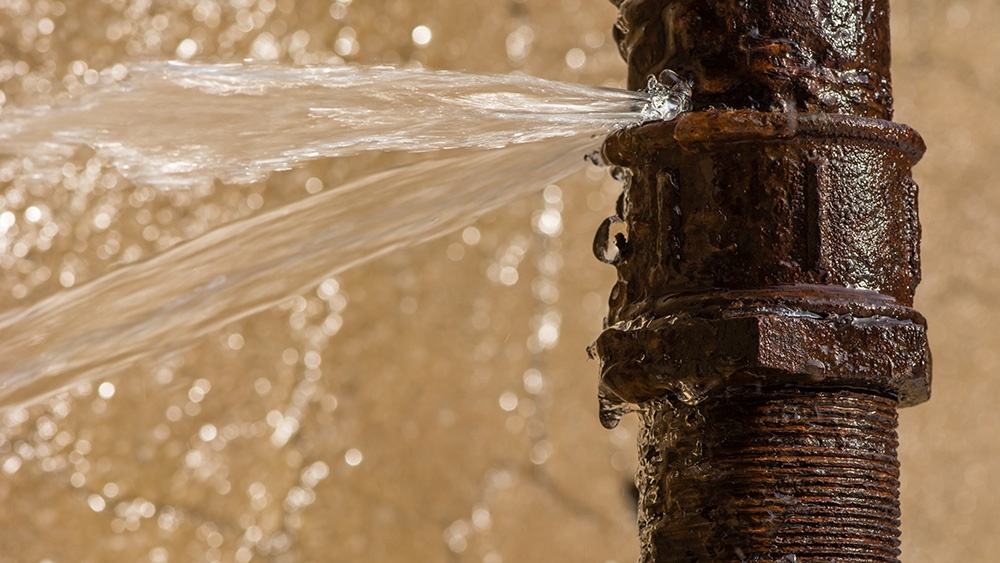
Most winterization for plumbing focuses on the prevention of frozen pipes, whether PVC or copper. Before the temperatures drop too low, take the following proper precautions around your home.
Lower the temperature of the water heater. When the water heater is first installed, plumbing professionals turn its temperature to around 170 degrees Fahrenheit as an industry standard.
Yet, many homes don’t require that much steam and pressure. This winter, turn down the water heater to 120 degrees Fahrenheit to reduce heating costs between 6 to 10 percent and use less water. To be more environmentally friendly, contact a plumbing expert about installing a tankless or solar water heater.
If your family is away for the winter holidays, turn off the water heater to reduce water pressure. This helps prevent frozen pipes from bursting.
Drain the water from the swimming pool. If you have this summer staple, drain the water from the swimming pool and the sprinkler supply lines to avoid frozen pipes. Follow the pool manufacturer’s instructions.
Note: Antifreeze is environmentally harmful and is dangerous to humans, pets, wildlife, and landscaping. Avoid putting it in water supply lines unless directed by the manufacturer’s instructions. If the instructions include antifreeze, call a plumbing professional.
Drain the water from the outdoor hose bibs. Open and disconnect the outdoor hose bibs to drain water. Once the water is drained, close the indoor valves and open the outdoor valve. This allows the plumbing to expand without bursting. Store the hoses in the garage or backyard shed for a few months.
Keep one or two faucets running slowly, if temperatures drop to extremely cold. Water moving through the plumbing doesn’t settle in one place, which means it can’t freeze and burst.
Insulate unheated water supply lines. Check the basement, crawl spaces, attic, garage, and under kitchen and bathroom sinks and counters for unheated water supply lines. Insulate hot and cold water supply lines to maintain high water temperatures as the outdoor temperature drops.
Install pipe sleeves on the insulator. As snow and ice melts, water pools around the insulator. Install pipe sleeves or use heat tape, a heat cable, or newspaper to prevent water from damaging the insulator.
Seal small leaks around pipes, electrical wiring/outlets, and dryer vents with caulk or insulation. Even small air leaks can be enough for cold air to cause a pipe to freeze and burst.
Close the garage door if water supply lines are nearby. This keeps melted snow and ice from reaching vital drainage systems that typically begin in or around the garage.
Circulate the plumbing underneath kitchen and bathroom sinks and counters. Remove any harmful household chemicals and cleaning products, and then open cabinets to allow warm air to circulate throughout the plumbing.
Relocate outdoor plumbing to prevent exposure from the winter elements, including snow, ice, and hail. Call a plumbing professional to perform this task or to ask for more tips on how to maintain outdoor plumbing during the winter.
From below-freezing temperatures causing a pipe burst or a water line leak to frozen, snowy dirt causing septic tank bursts and rusty water heater tanks that contaminate drinking water, winter creates a lot of plumbing problems.
Drastic temperature drops, snowfall, hail, and other weather-related occurrences don’t create optimal working conditions for home plumbing. These winterized plumbing solutions from Warner Service are a lot to remember, but a basic rule of thumb is to never let any area with plumbing drop below 32 degrees Fahrenheit.
For more plumbing tips, subscribe to the Warner Service blog. Click on the button below to get started:


